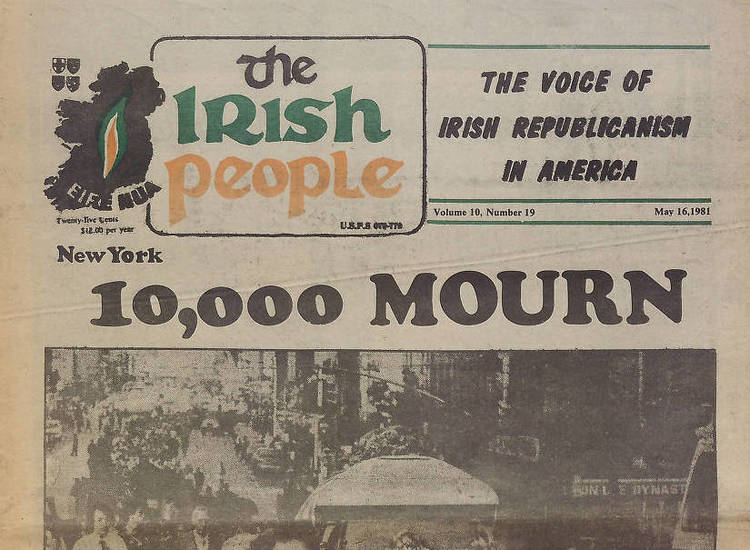By Seamus Beirne
"To Hell or Connaught," Oliver Cromwell's infamous threat against the native Irish in the 17th century, sent an unmistakable warning: "Leave your ancestral lands, or die."
In short order, the Irish were herded west across the Shannon River to the province of Connaught, where the English assumed the land to be mainly bog and mountainous terrain. When it transpired that the land was arable, the threat morphed into: "To Hell or Barbados." And so over the course of a few years Cromwell shipped 60,000 Irish men, women and children as slaves to Barbados, known as Sugar Island. There they worked and died under the whips of brutal overseers, planting and harvesting sugar cane. They were known as "Red Legs," from their tendency to burn easily in the tropical sun. As far as we know none of them returned home, although it is thought that along with black slaves many did escape and threw in their lot with pirates operating from the island of Tortuga.
In the school history books of my day, this terrible episode was dispensed with in a small paragraph. It languished unseen in the long shadow of Ireland's tragic history. But I never forgot it. Yet when I brought the topic up, most of my contemporaries had never heard of it. Forty years on, present-day students appear blissfully ignorant of it as well. What is going on? Is there a deliberate blackout of an incident best forgotten? As a race are we ashamed to admit that some of our ancestors were slaves?
As the years passed I discovered that scattered attempts had been made to shed light on this event. Then on a visit to Ireland in the early 2000s, I picked up a book by Irish Times journalist, Sean O'Callaghan (since deceased) entitled “To Hell or Barbados.” O'Callaghan had spent several weeks in Barbados, going through files in the library of the Barbados Museum and Historical Society looking for evidence of the Irish experience on the island. The tale he tells is harrowing and not for the fainthearted. It is as terrible as you might imagine --an early version of a World War II concentration camp.
For me the challenge became how to tell this story in a way that engaged readers emotionally, without repelling them. A story that would transport them back in time and help them walk in the shoes of the Red Legs, experience their moments of joy and despair, and in the end, cheer them on as they smash their way out of their island hellhole.
I felt this could best be achieved through the vehicle of a fictitious character. And so I created Michael Redferne, a middle-aged man abducted off the streets of an Irish seaport town and shipped in chains to Barbados. The story is told through his eyes. In a sense he is a stand-in for the forgotten thousands whose names we will never know. Having come upon a source for the Barbados section of the story, I now needed a source for the Irish segment.
In this regard I was lucky again. In 2007, I had the good fortune to discover a recently published book entitled “The Killing of Major Denis Mahon,” by Peter Duffy. It chronicles the murder of the local landlord in my hometown of Strokestown in 1847. It is also a treasure trove of research into what it was like to live in old Ireland in a time of famine. These two books were invaluable in helping me create the historical worlds in “Breakout From Sugar Island.”
For more information check my website: http://www.seamusbeirne.net or contact me at: info@seamusbeirne.net.
“Breakout From Sugar Island” is available in both paperback and ebook forms on www.amazon.com and www.barnesandnoble.com.









